Top Reasons for Simple Wooden Toy Plans for Beginners
1. Beginner-Friendly
Simple wooden toy plans are ideal for beginners because they typically involve fewer steps and materials, making them easier to execute without overwhelming the woodworker. These plans often focus on basic techniques like sanding, cutting, and assembling, which are great for honing foundational woodworking skills. Starting with uncomplicated projects can help build confidence before moving on to more intricate creations.
2. Minimal Tools Required
Many simple wooden toy plans require only a handful of basic tools, such as a saw, hammer, nails, and sandpaper. This makes them an affordable option for beginners who may not have an extensive set of tools. The simplicity of the required tools means that new woodworkers can complete projects without investing in expensive, specialized equipment, making it a more accessible hobby.
3. Durable and Safe
Wooden toys, when crafted properly, are often more durable and safer for children compared to plastic alternatives. Simple wooden toy plans focus on creating sturdy, non-toxic items that can withstand wear and tear. These toys often have fewer small parts, reducing choking hazards and ensuring they are suitable for young children to play with safely.
4. Creative Outlet
Even though the plans may be simple, they still offer an excellent opportunity for creativity. Beginners can personalize wooden toys by choosing their own paint colors, finishes, or designs, allowing them to infuse their own style into the project. This makes the crafting experience more rewarding and encourages further exploration into woodworking.
5. Sustainability and Eco-Friendliness
Using wood for toy-making is a sustainable and eco-friendly option, especially when reclaimed wood is used. Simple wooden toy plans often encourage the use of natural materials, which is an excellent choice for those looking to reduce their environmental impact. The longevity and recyclability of wooden toys add to their appeal as a sustainable option for beginners.
Styles That Embrace Simple Wooden Toy Plans for Beginners
1. Rustic Style
Rustic wooden toys often feature simple, handcrafted designs with a focus on natural materials and finishes. This style embraces imperfections and embraces the charm of raw, unfinished wood, which is perfect for beginners. Simple wooden toy plans in rustic style often involve basic shapes such as animals, blocks, and cars, without intricate details or added embellishments. The rustic look is timeless, offering both aesthetic appeal and durability for children’s playtime.
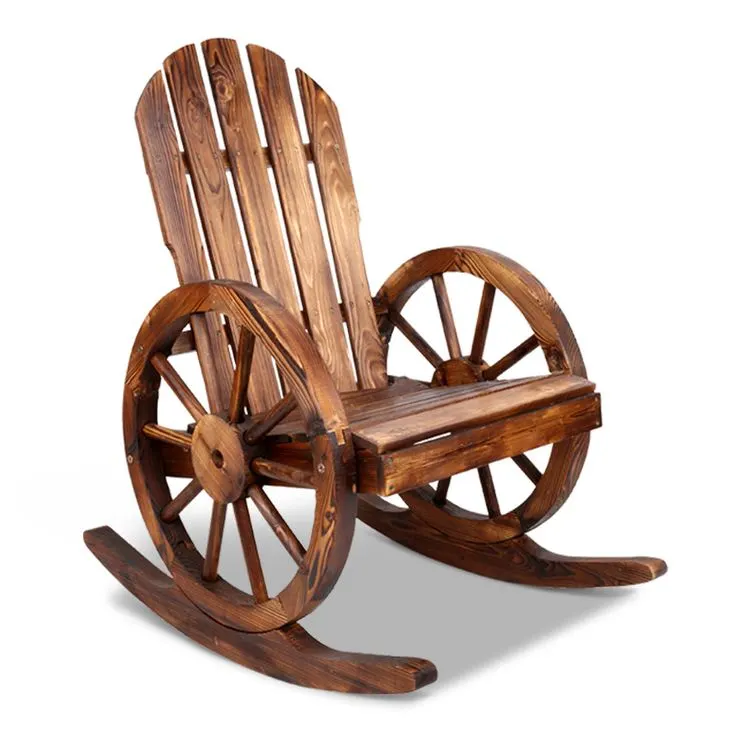
2. Modern Minimalism
The minimalist approach focuses on clean lines, functional design, and a neutral color palette. Simple wooden toy plans in the minimalist style often feature geometric shapes and basic toys that encourage imaginative play without unnecessary embellishments. These toys are typically smooth, with an emphasis on simplicity and practicality. The minimalist style allows beginners to create toys that are not only visually pleasing but also serve as educational tools, fostering creativity while keeping the design uncluttered.
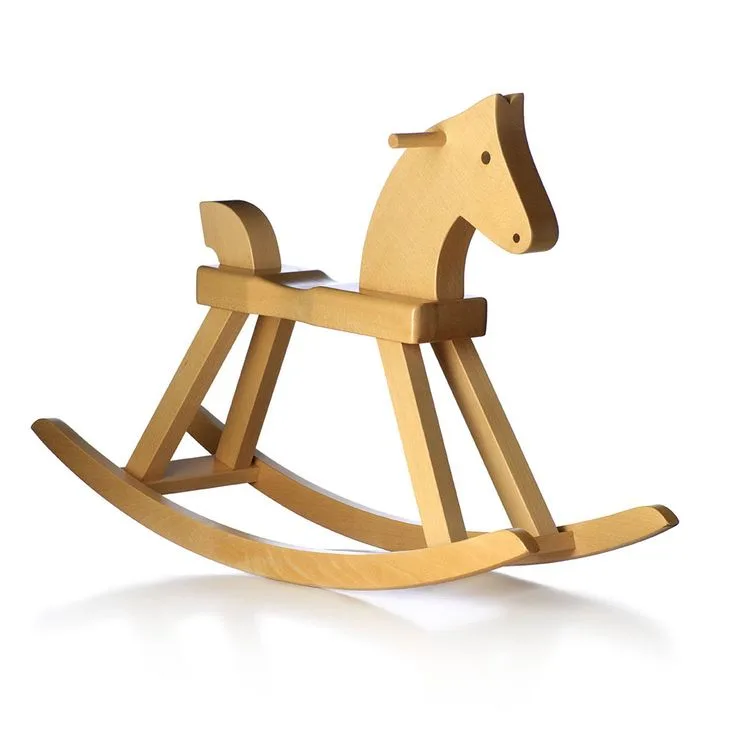
3. Scandinavian Influence
Scandinavian-inspired wooden toys are characterized by light wood, clean lines, and simple shapes. Often incorporating soft pastel or muted tones, these toys encourage open-ended play and imagination. Simple wooden toy plans in this style are typically easy for beginners to execute, with basic wooden shapes like animal figures, stacking blocks, and push toys. The focus is on quality craftsmanship and a timeless design that fits into a modern, clean home environment.
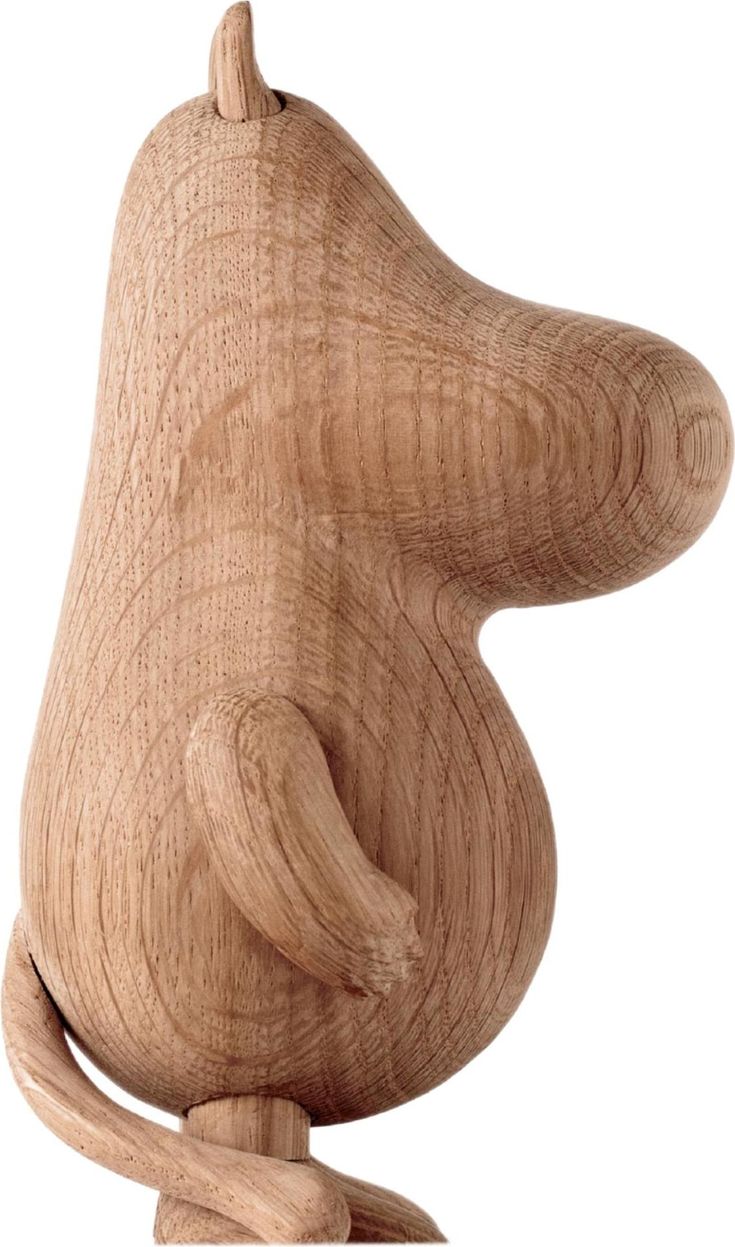
Popular Simple Wooden Toy Plans for Beginners
1. Wooden Cars
Wooden cars are a simple yet engaging project for beginner woodworkers. Using a block of wood, trace and carve out a basic car shape, ensuring smooth and rounded edges for safety. Drill holes for wheels and attach them using dowels or axles. These cars can be painted with non-toxic colors to create vibrant designs or left with a natural wood finish for a rustic look. Crafting wooden cars helps develop basic woodworking skills, such as cutting, drilling, and sanding. It’s a great starting project because it requires only minimal tools, like a coping saw, drill, and sandpaper. Once complete, wooden cars provide timeless entertainment for kids, encouraging imaginative play and motor skill development. They are also eco-friendly, durable, and can be customized with different shapes or designs, making them a versatile gift or craft project. This simple project is rewarding and suitable for all skill levels.

2. Animal Figurines
Wooden animal figurines are a creative and fun project for beginners. Start by sketching simple animal outlines, such as a cat, bird, or elephant, onto a flat piece of wood. Use a coping saw or scroll saw to carefully cut out the shapes, then sand the edges smooth for a safe and polished finish. You can paint the animals with bright, child-friendly colors or leave them natural for a rustic look. These figurines make excellent toys for children, as they encourage imaginative play and storytelling. Additionally, they can serve as decorative items for a nursery or playroom. The simplicity of the designs allows beginners to practice essential woodworking techniques like cutting, sanding, and finishing. With minimal tools and materials required, this project is affordable and quick to complete, making it an excellent choice for those looking to build confidence in their woodworking skills while creating something delightful.
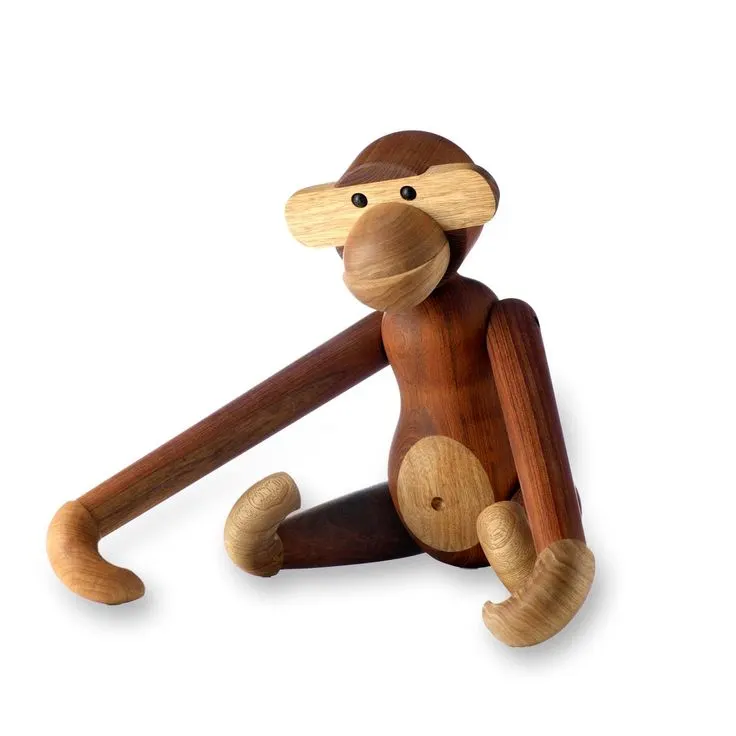
3. Stacking Blocks
Stacking blocks are an easy and educational woodworking project that’s perfect for beginners. Begin by cutting wood into various shapes and sizes, such as cubes, rectangles, or triangles. Sand the edges thoroughly to ensure the blocks are smooth and safe for children to handle. These blocks can be painted in bright, non-toxic colors or left unfinished for a more natural look. Stacking blocks provide endless play possibilities, helping children develop motor skills, creativity, and problem-solving abilities. They are simple to make, requiring only basic tools like a saw, sandpaper, and possibly a drill for added customization. This project is an excellent way to use scrap wood, reducing waste while creating a timeless toy. The versatility of stacking blocks means they can be tailored to different ages and preferences, making them a great gift option or addition to a family’s toy collection.
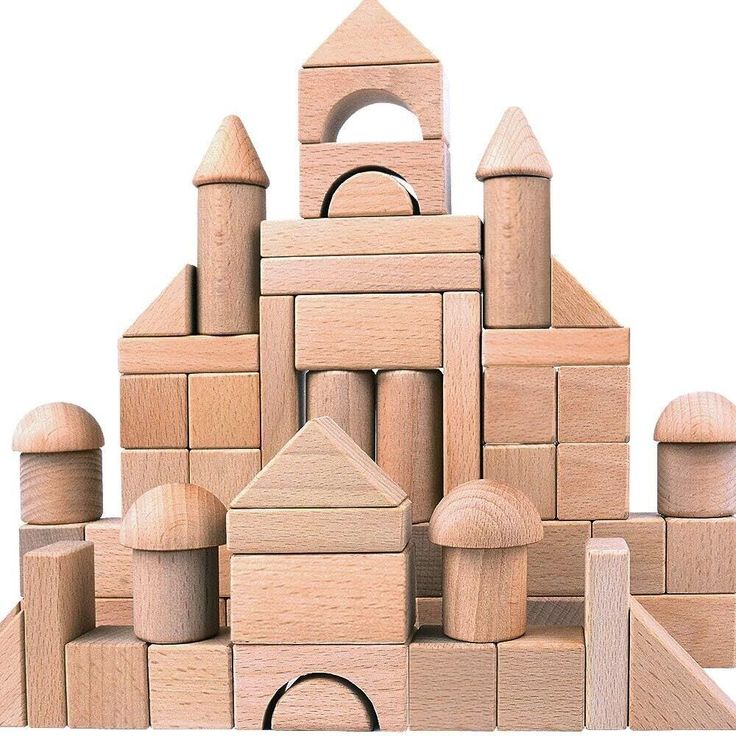
4. Pull-Along Toys
Pull-along toys are a classic and simple woodworking project suitable for beginners. Start by creating a basic shape, such as a duck, dog, or train, from a block of wood. Attach wheels at the base using dowels or axles, ensuring they spin freely. Drill a small hole at the front of the toy and tie a string to create the pull mechanism. Smooth the edges and sand the entire piece to ensure it’s safe for children to use. You can personalize the toy with colorful, child-safe paint or leave it natural for a minimalist look. Pull-along toys encourage active play and are especially loved by toddlers. This project allows beginners to practice essential woodworking skills, including cutting, drilling, and assembling. With its simplicity, affordability, and timeless appeal, a pull-along toy makes an excellent gift or keepsake while offering a satisfying introduction to woodworking.
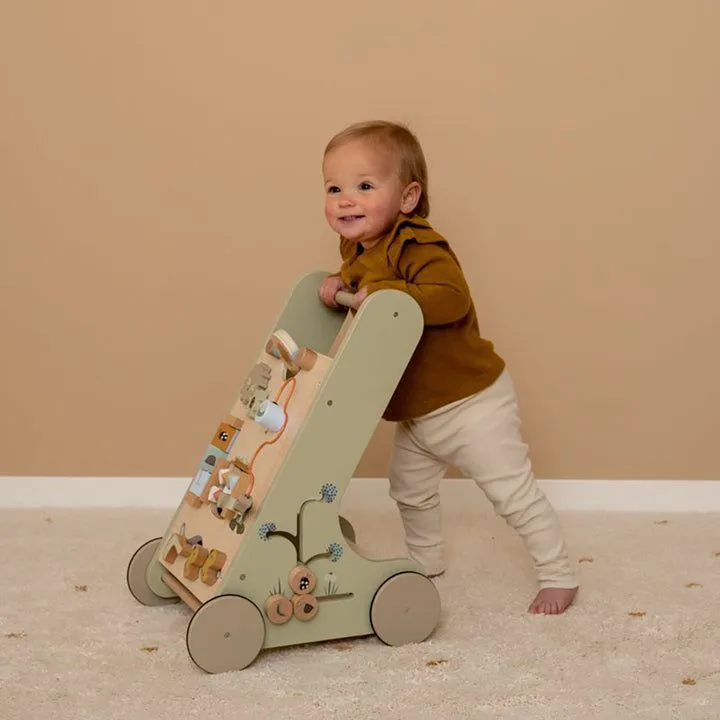
5. Wooden Puzzles
Wooden puzzles are an engaging and beginner-friendly project that combines fun and function. Start with a flat piece of wood and sketch a simple design, like a butterfly, tree, or geometric shape. Using a scroll saw, cut the design into a few interlocking pieces. Sand all edges thoroughly to ensure the pieces are smooth and safe for children to handle. Optionally, paint each piece with non-toxic colors for added appeal. Wooden puzzles help children develop fine motor skills, problem-solving abilities, and hand-eye coordination. They are also durable and environmentally friendly, making them a great alternative to plastic puzzles. This project requires only basic tools and materials, making it accessible to novice woodworkers. It’s a great way to experiment with different shapes and designs while honing your cutting and finishing skills. Wooden puzzles can be customized for various ages and make thoughtful gifts or keepsakes.

6. Simple Boats
Crafting simple wooden boats is a fun and straightforward project for beginners. Start with a flat base made from a small block of wood. Attach a triangular sail using a dowel or wooden mast, securing it firmly in the center. Sand the boat’s edges to make it smooth and safe, and paint it with waterproof, non-toxic colors if desired. These boats are perfect for play in bathtubs, pools, or small ponds, offering endless entertainment for children. This project teaches essential woodworking skills, such as cutting, drilling, and assembling, while also allowing for creative customization. Beginners can experiment with different shapes and sizes, from sailboats to rafts. Wooden boats are easy to construct with basic tools like a saw, sandpaper, and a drill. Their simple design makes them a quick yet satisfying project that’s both functional and decorative, appealing to kids and adults alike.
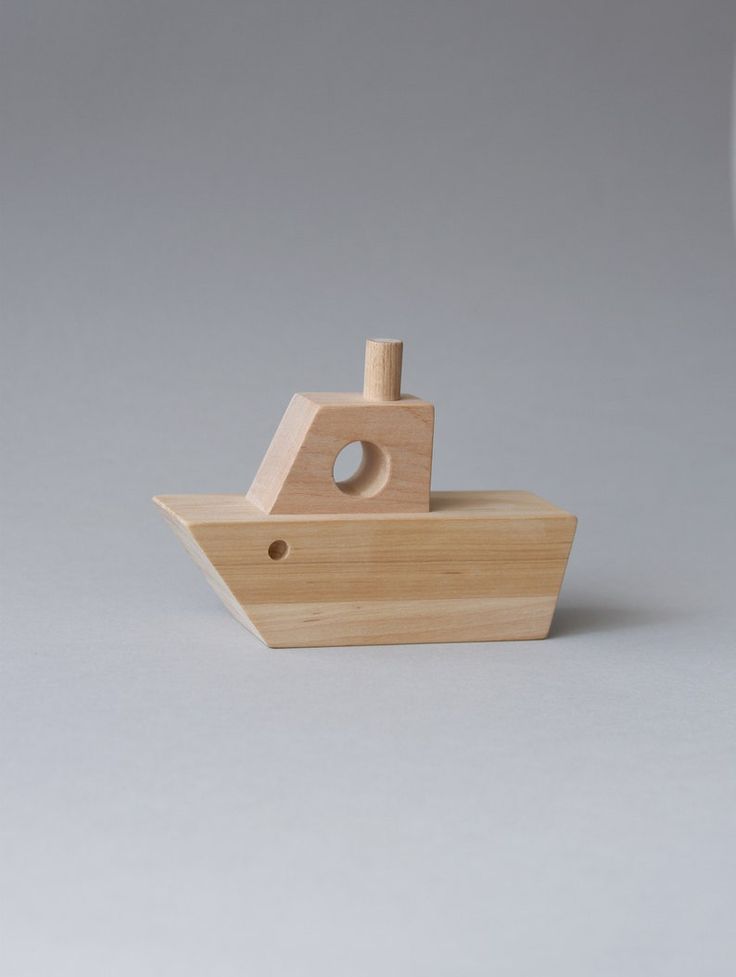
7. Toy Train
A wooden toy train is a beginner-friendly project that’s both fun to make and play with. Start by crafting the engine and train cars using small wooden blocks of various shapes. Attach wooden wheels to each piece using dowels or axles, ensuring they spin freely. Drill small holes or add hooks or magnets to connect the cars together. Sand the entire train to make it safe for children, and optionally paint it with bright, child-friendly colors. This project helps develop basic woodworking skills like cutting, drilling, and sanding while allowing room for creativity in design. Wooden trains are durable, eco-friendly, and timeless, making them a cherished toy for children of all ages. Beginners will find this project satisfying because it combines simplicity with creativity, offering a functional and interactive result. Whether kept as a keepsake or gifted, a handmade wooden train is always appreciated.

8. Building Tools
Wooden building tools, like hammers, wrenches, and screwdrivers, are easy and safe to create. Begin by sketching the desired tool shapes onto scrap wood. Use a coping saw or scroll saw to cut out each shape, then sand the edges to ensure they are smooth and safe for children. Paint the tools with non-toxic colors to make them more visually appealing, or leave them natural for a rustic look. These wooden tools are great for pretend play, helping children develop coordination and creativity as they mimic real-world tasks. They’re an excellent project for beginners, requiring only basic tools and materials. Additionally, crafting wooden tools provides practice in essential woodworking techniques, such as tracing, cutting, and sanding. This project is a great way to use leftover wood scraps while creating something functional and fun. Wooden tools are durable, lightweight, and loved by kids for imaginative play.
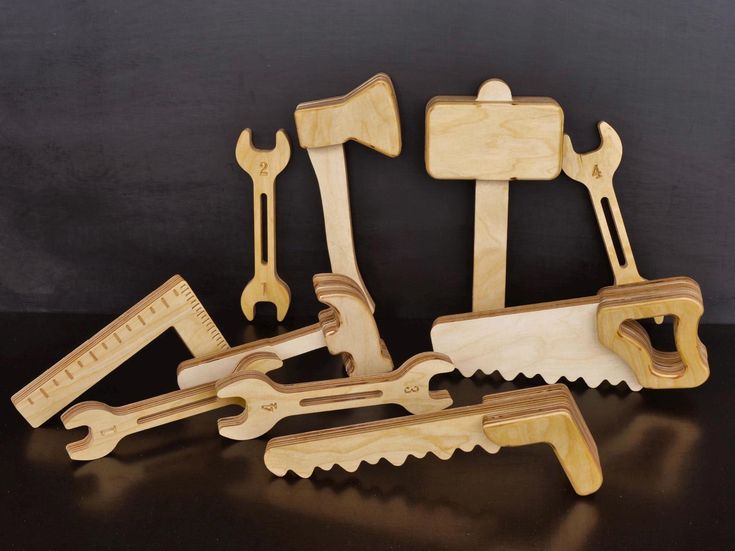
9. Spinning Tops
Spinning tops are a simple and fun woodworking project ideal for beginners. To make one, cut a small circular disc from a piece of wood and sand it smooth. Drill a hole in the center and insert a wooden dowel, securing it with wood glue. Sand and balance the dowel to ensure the top spins evenly. You can paint the top in bright, colorful patterns or leave it natural for a minimalist look. Spinning tops are excellent for kids and adults, offering hours of entertainment and friendly competition. This project is quick and requires only basic tools like a saw, drill, and sandpaper. Beginners will enjoy how easy it is to craft and customize spinning tops while practicing essential woodworking techniques. The simplicity of the design makes it accessible to all skill levels, and the final product is both functional and aesthetically pleasing.
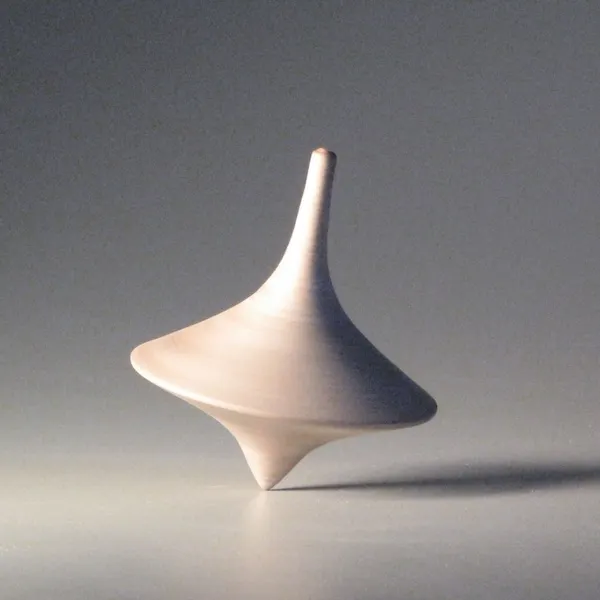
10. Rocking Animals
Rocking toys, like a rocking horse or elephant, are a rewarding project for beginners. Start by cutting out a basic animal shape for the body and attach it securely to curved wooden rockers. Sand all surfaces smooth to ensure safety and stability. Adding decorative elements, such as painted details or engraved patterns, can make the toy more appealing. Rocking animals encourage active play and help develop balance and coordination in young children. While slightly more complex than other beginner projects, this task is manageable with careful planning and basic tools, such as a jigsaw, sander, and drill. The project provides an excellent opportunity to practice cutting, assembling, and finishing techniques. Rocking toys are durable and cherished keepsakes, making them a meaningful gift for children. They’re a timeless addition to any playroom and a satisfying introduction to more advanced woodworking projects.
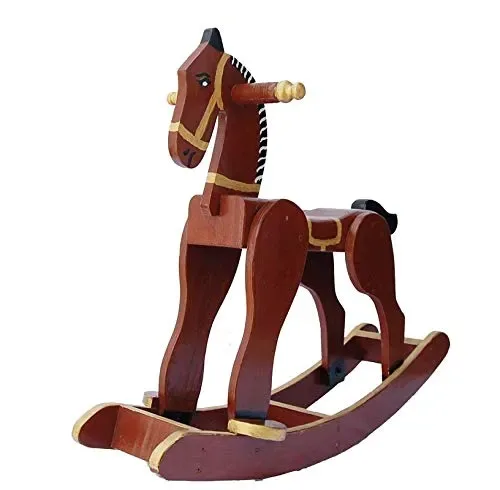
Quick Tips for Embracing Simple Wooden Toy Plans for Beginners
1. Start with Basic Designs
For beginners, it’s important to start with simple, straightforward designs. Choose wooden toy plans that involve basic shapes like blocks, cars, or animals, which are easy to cut and assemble. Simple projects help you build foundational skills without feeling overwhelmed, allowing you to gain confidence before tackling more complex designs.
2. Use Reclaimed Wood
Reclaimed wood is an excellent material for beginners. It’s often more affordable, eco-friendly, and can add a rustic charm to your toys. Plus, it’s an easy way to avoid wasting wood while working on practice projects. Make sure to sand the wood properly to remove any splinters or imperfections before you start crafting your toy.
3. Focus on Safety
When crafting wooden toys for children, safety is a top priority. Ensure that all edges are smooth, and avoid using small parts that could pose a choking hazard. Non-toxic paint or finish is a must, and it’s best to avoid varnishes with harmful chemicals. Simple wooden toys can be just as attractive and functional without compromising safety.
4. Embrace the Natural Beauty of Wood
With simple wooden toy plans, you don’t have to overcomplicate things with intricate designs or bright colors. Embrace the natural beauty of the wood itself by keeping your finish simple. Light sanding and a clear, non-toxic sealant will highlight the grain, adding charm to your toy without detracting from its simplicity.
5. Experiment with Paint and Personalization
Once you’ve mastered the basics, try adding personal touches to your wooden toys. Use soft, non-toxic paints to add a splash of color, or personalize the toys with names or simple patterns. This allows you to make each toy unique and adds a layer of creativity to your projects, making them feel even more special.
6. Keep Tools Simple
Beginner woodworkers don’t need a large arsenal of tools to get started with wooden toy projects. A basic toolkit including a handsaw, hammer, sanding block, and wood glue is often all that’s needed. As you gain experience, you can expand your toolkit, but starting with the essentials will keep things manageable and cost-effective.
7. Set Realistic Goals
Start with small, achievable projects. This could be as simple as crafting a set of stacking blocks or a toy car. Setting manageable goals allows you to complete projects successfully and boosts your confidence. As your skills improve, you can gradually move on to more challenging designs.
8. Embrace Learning and Patience
Woodworking can be a slow process, especially for beginners, so be patient with yourself. Don’t rush through the steps. Take your time, learn from any mistakes, and celebrate your progress. Each project you complete will teach you something new and refine your woodworking skills.
Conclusion
Embracing simple wooden toy plans for beginners is a rewarding way to enter the world of woodworking, offering an accessible starting point that allows you to develop fundamental skills while creating fun, functional toys, and with the right materials, such as reclaimed wood, and basic tools like a handsaw, hammer, and sandpaper, beginners can successfully craft wooden toys that are both safe and charming, and starting with easy designs, like blocks or cars, ensures that you can build confidence before progressing to more intricate projects, and as you gain experience, the opportunity to personalize your toys with paint or unique finishes will allow you to express your creativity while keeping the overall process simple and enjoyable, and focusing on safety throughout the process, by smoothing edges and using non-toxic finishes, will ensure that your creations are both practical and suitable for children, and by setting realistic goals and taking time with each project, you will not only enhance your skills but also enjoy the satisfaction of making something with your own hands, ultimately, embracing simple wooden toy plans is an excellent way to start woodworking, providing an avenue for both learning and creative expression, all while making practical toys that can bring joy to children for years to come.